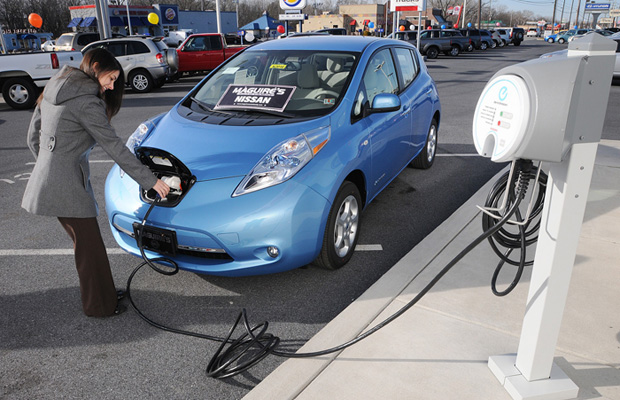Rethinking Lifestyle
I Just Bought a Plug-in Electric Hybrid Car

Malcolm Gladwell has written a number of best-selling books like Outliers and Blink but the one I wish to focus on is called The Tipping Point. Gladwell contends that all ideas succeed based on the same three rules. He got this idea from studying the spread of disease. How do epidemics occur? It turns out that ideas spread by following the same three rules that influence the spread of a disease.
Rule 1: The Law of the Few: For an idea to spread like an epidemic you must include Connectors, Mavens and Sales people. Connectors are people that know a lot of people. The relationships are not necessarily deep but they have connections to an incredible number of people. Mavens are people that have a strong compulsion to help others make informed decisions. They know the price of a can of beans at Safeway, Superstore, Sobeys and the local corner store; they will tell you where the can is cheapest, where it is on sale now and that you should go there and buy the cheapest one. Sales people are exactly what you think they are: they are persuasive and influence other people’s buying decisions and behaviours. They know how to make a sale; how to close the deal.
Rule 2: The Stickiness Factor. This is the unique quality of some idea that sticks in people’s minds and influences their future behaviour.
Rule 3: The Power of Context. The idea will succeed better if it is introduced at the right time. Electric cars, for example, are not a new concept. Ford had an electric car in 1914 powered by Edison nickel-iron batteries. A suspicious fire, World War I and bad press conspired to delay the introduction of the electric car for many years. The General Motors EV1 in the late 1990’s was a response to rising energy costs. Today, in spite of environmental consciousness, improved technologies and available electric and electric hybrid options the context is not perfect for electric cars because the price of gasoline is low again. Nevertheless two stories in this weekend’s Free Press highlight that Manitoba and Quebec are the two best places in North America to make a significant carbon footprint reduction by switching to an electric car; typically 85%. This is because 96% of Manitoba nd Quebec electricity comes from hydroelectric sources.
If you look at a standard “adoption of ideas/technology” chart you will see that 2.5% of people are innovators, another 13.5% are early adopters, 34% are early majority, 34% are late majority and bringing up the rear are 16% of the population classified as laggards.
In 2016 there were 783,000 cars registered in Manitoba. According to the chart, 2.5% of the population, being innovators, should now own an electric car. That is 19,500 cars. However there are only 125 plug-in electric cars registered in Manitoba. So why the difference?
Two major reasons will make innovators hesitate. First, there are only few electric cars available. The article in the Free Press indicated that there were only 3 choices in Manitoba: the VW e-Golf, the Ford Focus EV and the Nissan Leaf. The purchase cost of all three is significantly more than their gasoline counterparts. But that alone won’t stop innovators. The other major reason for hesitation is the lack of infrastructure. There are very few charging stations. But a CBC News story July 22, 2017 indicates that this situation is changing and a Toronto based company called eCamion is spending $17.3 million along the Trans-Canada highway in Manitoba and Ontario installing charging stations by 2019.
I am an innovator that can’t wait so I just bought a gasoline/plug-in electric hybrid: a Chevrolet Volt. It has a 70 km battery pack but also a 1.4L gasoline engine to drive the generator that drives the electric motors when the batteries run down. It’s lifetime average fuel efficiency so far (60,000 km) is 4L/100km.




